In 1971, the resistance war against the US entered a fierce phase, young man Nguyen Cong Binh (residing in Hong Phong commune, Thanh Mien district, Hai Duong province) volunteered to join the army when he just turned 19. After 3 months of training, on December 16, 1972, he and his teammates were ordered to march into the battlefield of Military Region 6.
Army officers and soldiers visit the exhibition 50 years of Da Lat liberation.
At that time, the enemy tightly controlled the vital traffic routes in the plains. The only way for him and his comrades to reach the battlefield was to choose deep forests to secretly march. However, every day the enemy still used reconnaissance planes, indiscriminate bombing and leafleting, and "psychological warfare" to weaken our army's fighting spirit. Food was scarce, there was not enough rice to eat, the brave soldiers, only eighteen or twenty years old from the remote North, had to share every drop of drinking water along the way to the battlefield.
It was the handful of wild vegetables and the stream fish in the deep valley that nourished the heroic warriors, creating the glorious battles later. Despite the hardships, the Truong Son soldiers at that time still passed on to each other three verses, considering hardship and danger as a leisurely stroll of gallant youth: "Over the Truong Son peak, there will be a time to rest/Whoever goes first to inform God/On the way to fight the Americans, stop by to visit!..
In March 1973, soldier Nguyen Cong Binh and his comrades set foot in the mountainous area of Ham Thuan Nam district, present-day Binh Thuan province. "This was an extremely fierce period. The US and its puppets continuously opened new fronts to gain an advantage on the battlefield. They also increased bombing and raids on the North to force us to sign the Paris Agreement with terms favorable to them!...", Mr. Nguyen Cong Binh recounted.
As soon as the Paris Agreement took effect, Nguyen Van Thieu declared that he would not implement the Agreement and put forward the slogan "4 no's" (no peace , no ceasefire, no political solution, no general election). In Binh Thuan and Binh Tuy, the enemy sent troops to encroach on the places we had just won, and at the same time bombed and destroyed some places.
Mr. Nguyen Cong Binh still remembers clearly the opening battle of his military career in Tan Dien (Binh Thuan). It was a fierce battle, full of difficulties for us. This was also the first time Mr. Binh clearly felt the fragile boundary between life and death on the battlefield. Sometimes, while eating, his comrades were still gathered together, chatting happily, but just a few minutes later, when the guns and bombs rang out, the living and the dead were separated, some were still alive, some were dead. Life and death on the battlefield were only a bullet apart, but everyone considered the task of holding a gun to fight and liberate the South a source of pride. They considered death as light as a feather, the survival of the Fatherland was the sacred and noble thing.
"If we compare the balance of power between the two sides, we and the enemy are like eggs hitting a rock. The enemy's army is not only many times larger than ours, but also has very modern weapons. But what the enemy does not have is fighting spirit. In this regard, we are far superior!.. We fight for noble ideals, ready to sacrifice to the last man!..", Mr. Binh said.
Given the balance of power between the two sides, we took the initiative in guerrilla warfare following the principle of using the few to fight the many, using the weak to fight the strong. Our army divided its forces, attacking the enemy at Tan Dien from three directions. The battle was fierce and lasted for many days. "The enemy was ambushed by us, causing great casualties. Many of our soldiers bravely sacrificed themselves. When the enemy sent reinforcements, we proactively retreated into the deep forest to preserve our forces!", Mr. Binh recounted.
In 1973, many major campaigns began to break out, and the forces of the Army Corps from the North were reinforced in the Southern battlefield. In the 1974-1975 plan, the Regional Command assigned the task to Military Region 6 to coordinate with Military Region 7 to liberate the two districts of Hoai Duc and Tanh Linh of Binh Tuy, contributing to completing the Southeast base. Hoai Duc and Tanh Linh are two strategically important areas due to their close connections with the Southeast and the Southern Central Highlands. Controlling this area would contribute to dividing the enemy's Military Regions 2 and 3, establishing a springboard to encircle and attack Saigon from the East. Soldier Nguyen Cong Binh was transferred to Battalion 840, Regiment 812, Military Region 6.
At the end of March 1974, Battalion 840 was ordered to coordinate with units of Military Region 6 and Military Region 7 and local troops to attack the Lo O hill base, opening the Tanh Linh - Hoai Duc campaign. The campaign command decided to use the "peel-off" attack to surround and isolate and then use breakthroughs by commandos and infantry to finish off the sub-region. Lo O base was a key peak, with the advantage of controlling the surrounding area and directly protecting the Tanh Linh sub-region.
Therefore, both we and the enemy tried to occupy this high point to use as a springboard to attack each other's targets. Implementing the above policy and the task assigned by the Regional Command, the Regional Party Committee and the Military Region 6 Command were determined to destroy the enemy in Hoai Duc sub-region in the shortest time, then send all forces to Highway 20 to coordinate with the main force of the Region to develop towards the Central Highlands. At 11:00 p.m. on March 16, 1975, we attacked Hoai Duc sub-region, and by March 23, the entire Hoai Duc was liberated.
Soldier Nguyen Cong Binh and his comrades were ordered to march up to Tuyen Duc - Lam Dong to coordinate with Division 10, Corps 3 from the Central Highlands, to fight to completely liberate Di Linh on March 28, 1975. The enemy fled along Highway 20 towards Saigon. Our troops were ordered to go up to liberate Da Lat. When they reached Da Nhim River, the bridge had been destroyed by the enemy. Local people used boats to transport the liberation troops across the river, marched straight up to attack, take over and completely liberate Da Lat town on April 3, 1975.
After liberating Da Lat, soldier Nguyen Cong Binh and his comrades went back to Binh Thuan, coordinated with other units, and fought bravely at Phu Long bridge, the gateway to Phan Thiet city. We and the enemy fought fiercely. Enemy firepower poured down continuously with bombers and heavy mortars fired from the sea. Many of our soldiers heroically sacrificed themselves. After 5 days of fighting, we successfully occupied Phu Long bridge, opening the way for the Liberation Army to enter Phan Thiet. At the same time, units of the 2nd Corps attacked from the direction of Nha Trang, supporting the 6th Military Region in a massive counterattack. At dawn on April 19, we liberated Phan Thiet town. Enemy units fled to Dong Nai to set up a defensive line to protect Saigon.
"The battles were all fierce, life and death. At times of danger, the Deputy Political Commissar of Regiment 812, Colonel Nguyen Van Ty, encouraged us: The enemy turned Dinh Mountain into lime, you comrades will become stone statues. Whether we live or die, we are all heroes of this nation!", Mr. Binh recalled.
After the Liberation of the South, soldier Nguyen Cong Binh was ordered to go back to the Central Highlands, continue to fight with his comrades, and destroy FULRO, which was actively operating under the control of the remnants of the US-puppet army. In 2009, he retired with the title of Deputy Chief of Staff of the Lam Dong Provincial Military Command, with the rank of Colonel.
Source: https://cand.com.vn/Phong-su-tu-lieu/bai-4-dich-danh-nui-dinh-thanh-voi-cac-dong-chi-se-thanh-tuong-da-i764033/



![[Photo] Prime Minister Pham Minh Chinh and United Nations Secretary-General Antonio Guterres attend the Press Conference of the Hanoi Convention Signing Ceremony](https://vphoto.vietnam.vn/thumb/1200x675/vietnam/resource/IMAGE/2025/10/25/1761391413866_conguoctt-jpg.webp)

![[Photo] National Assembly Chairman Tran Thanh Man receives United Nations Secretary-General Antonio Guterres](https://vphoto.vietnam.vn/thumb/1200x675/vietnam/resource/IMAGE/2025/10/25/1761390815792_ctqh-jpg.webp)


![[Photo] Prime Minister Pham Minh Chinh receives United Nations Secretary-General Antonio Guterres](https://vphoto.vietnam.vn/thumb/1200x675/vietnam/resource/IMAGE/2025/10/25/1761390212729_dsc-1484-jpg.webp)







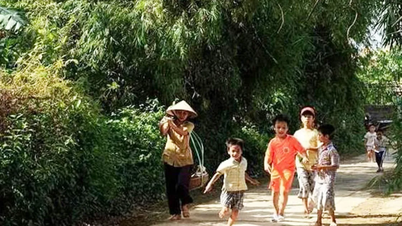






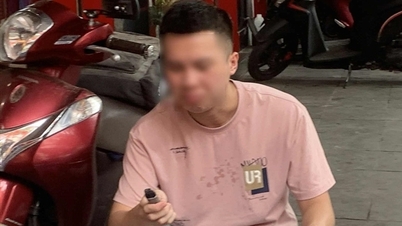
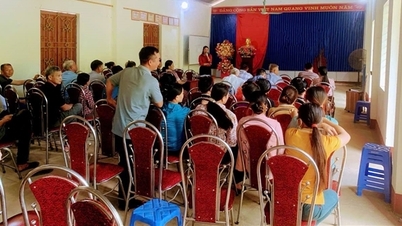
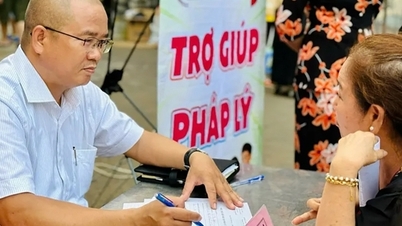

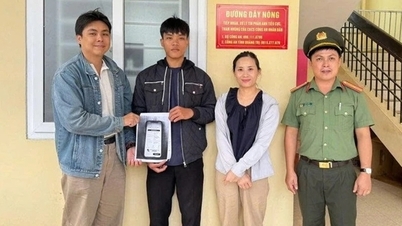
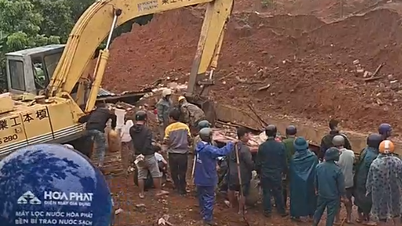



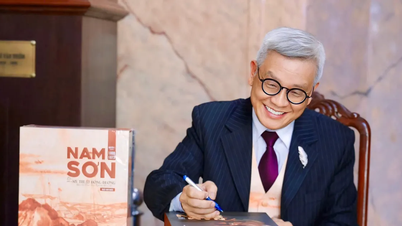





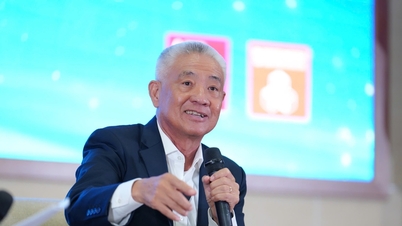

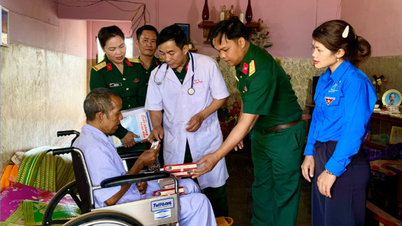























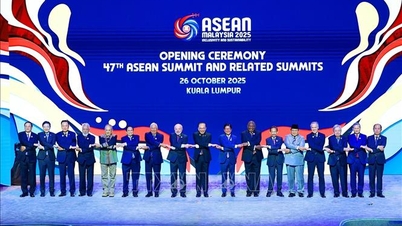

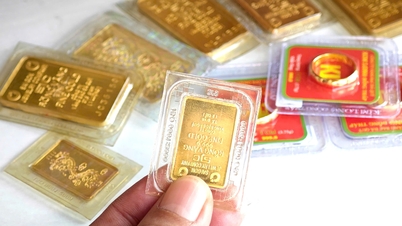

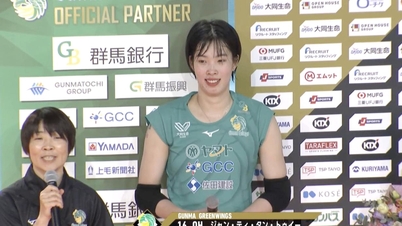

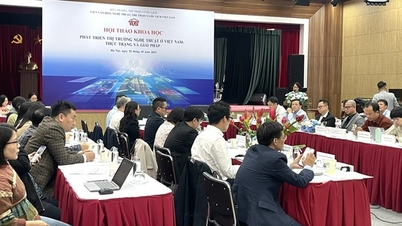

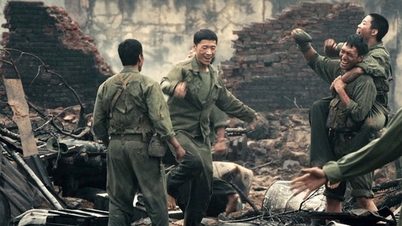

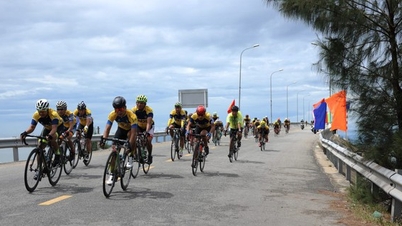
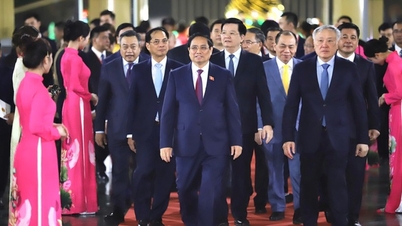
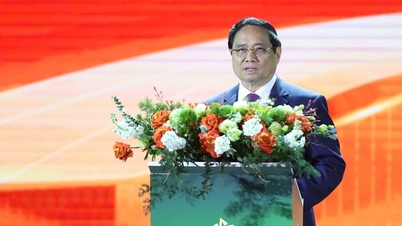




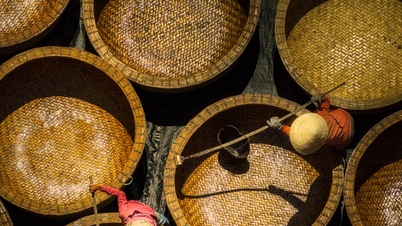




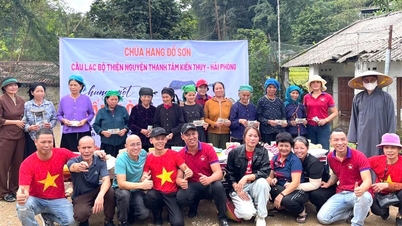













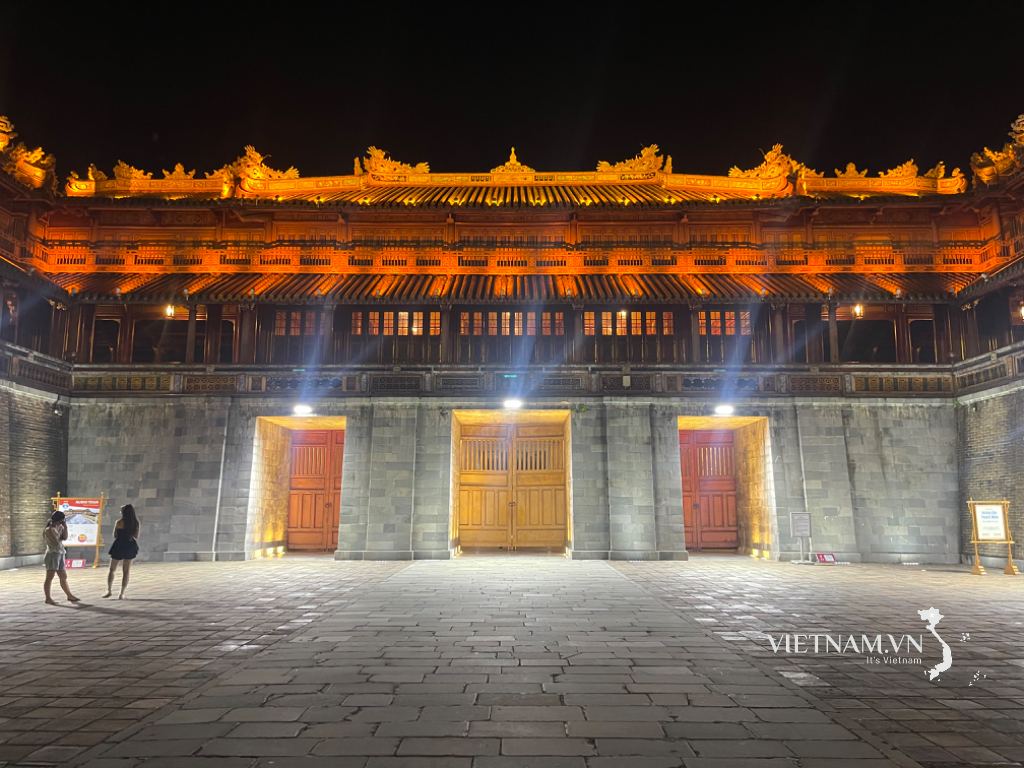
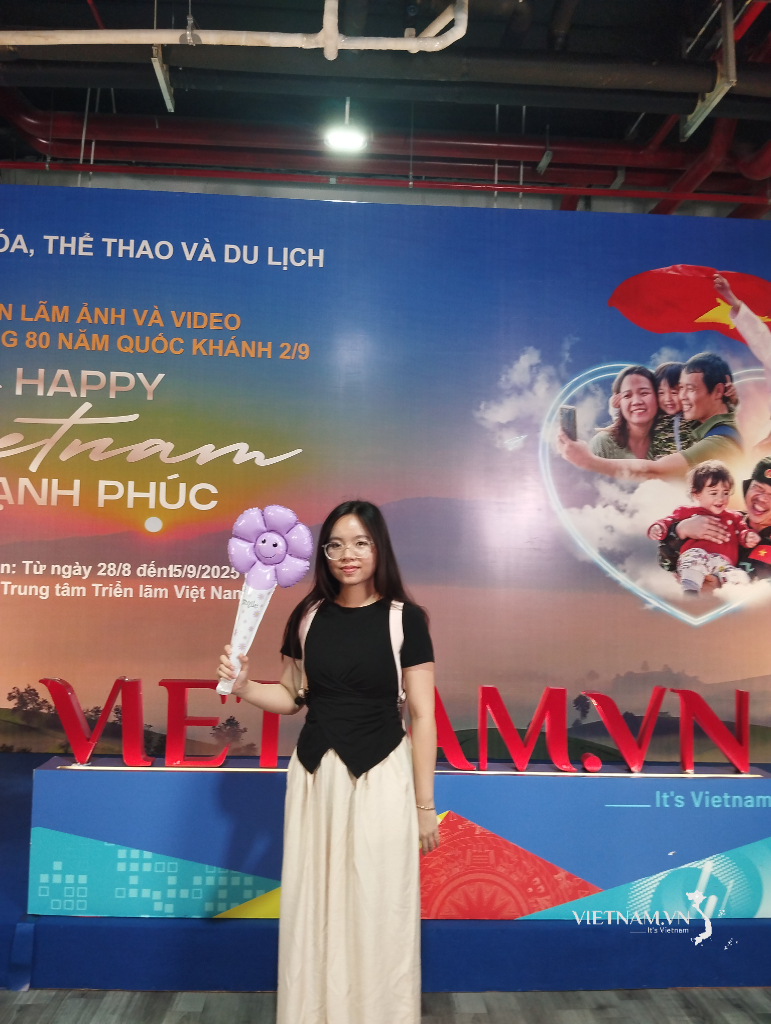
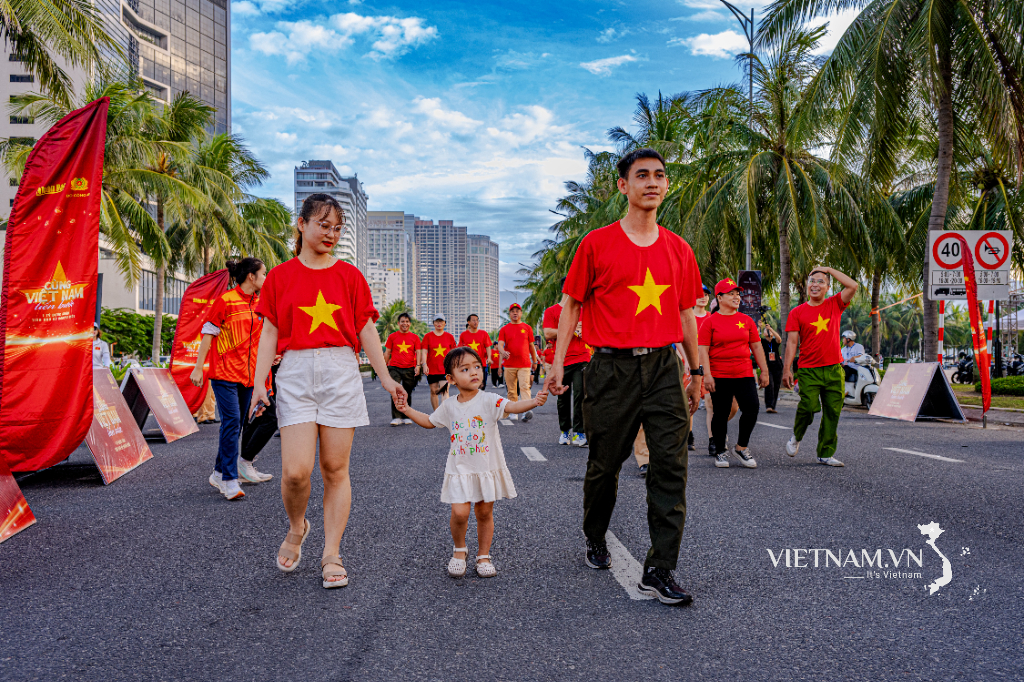
Comment (0)